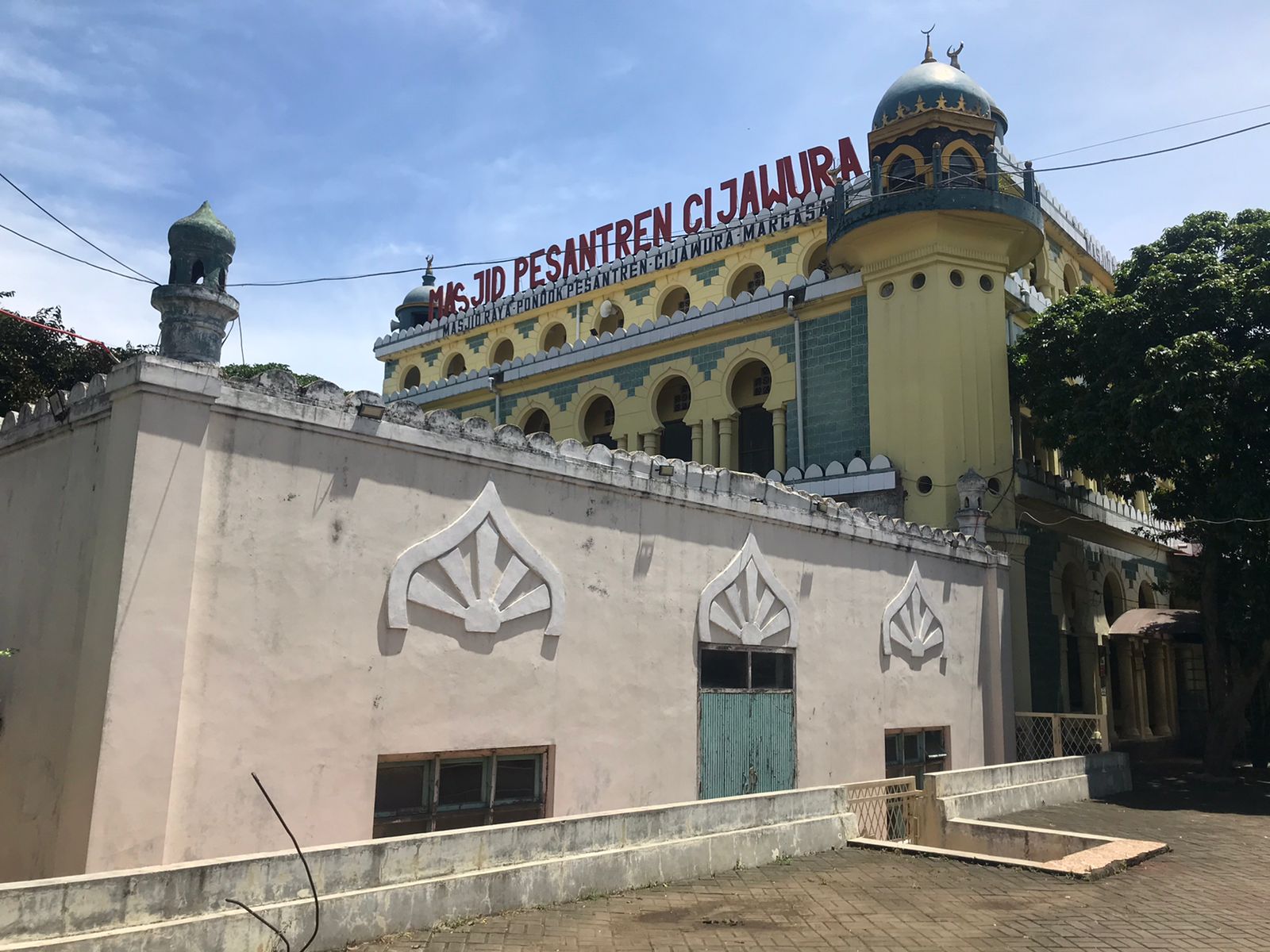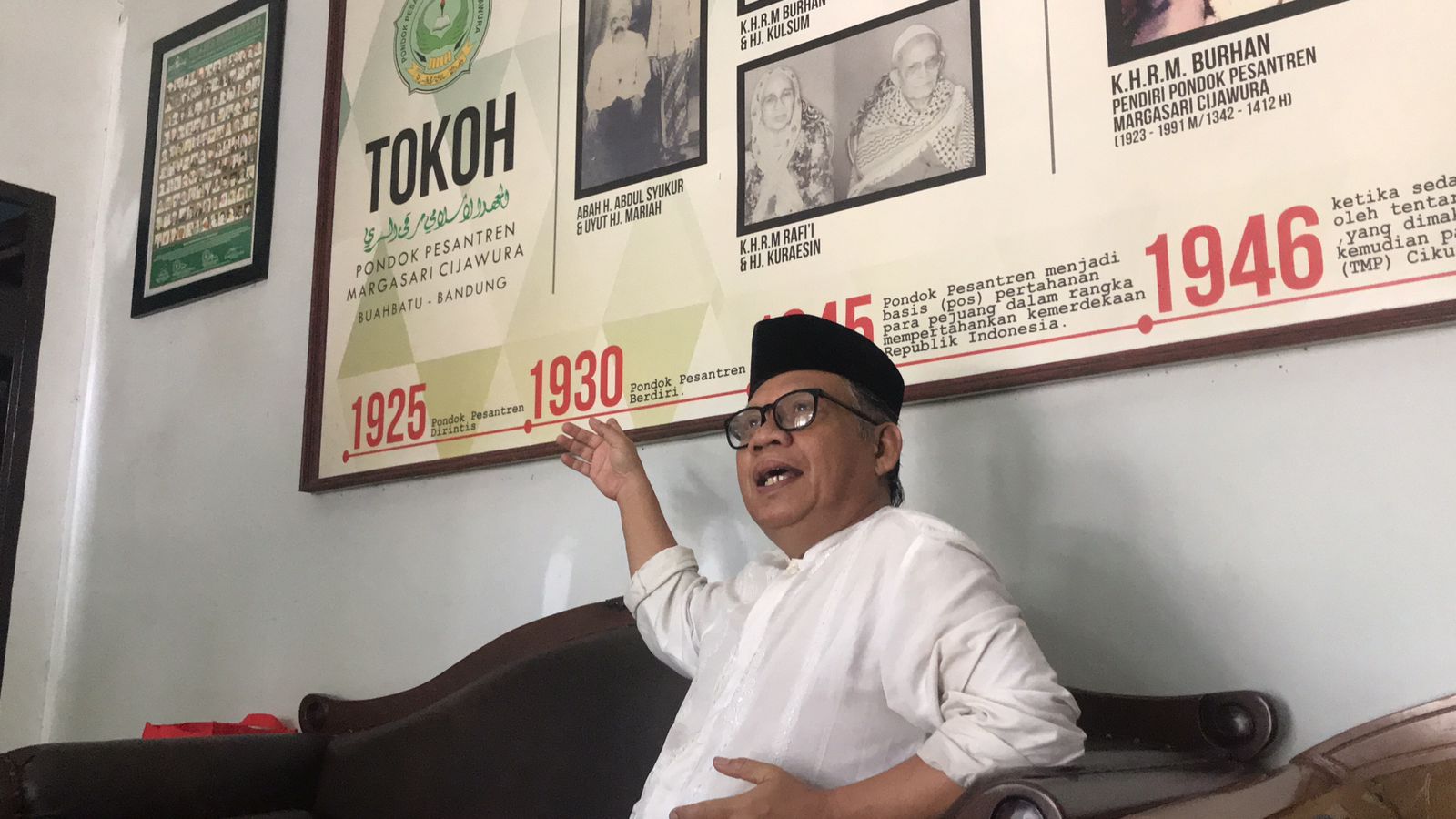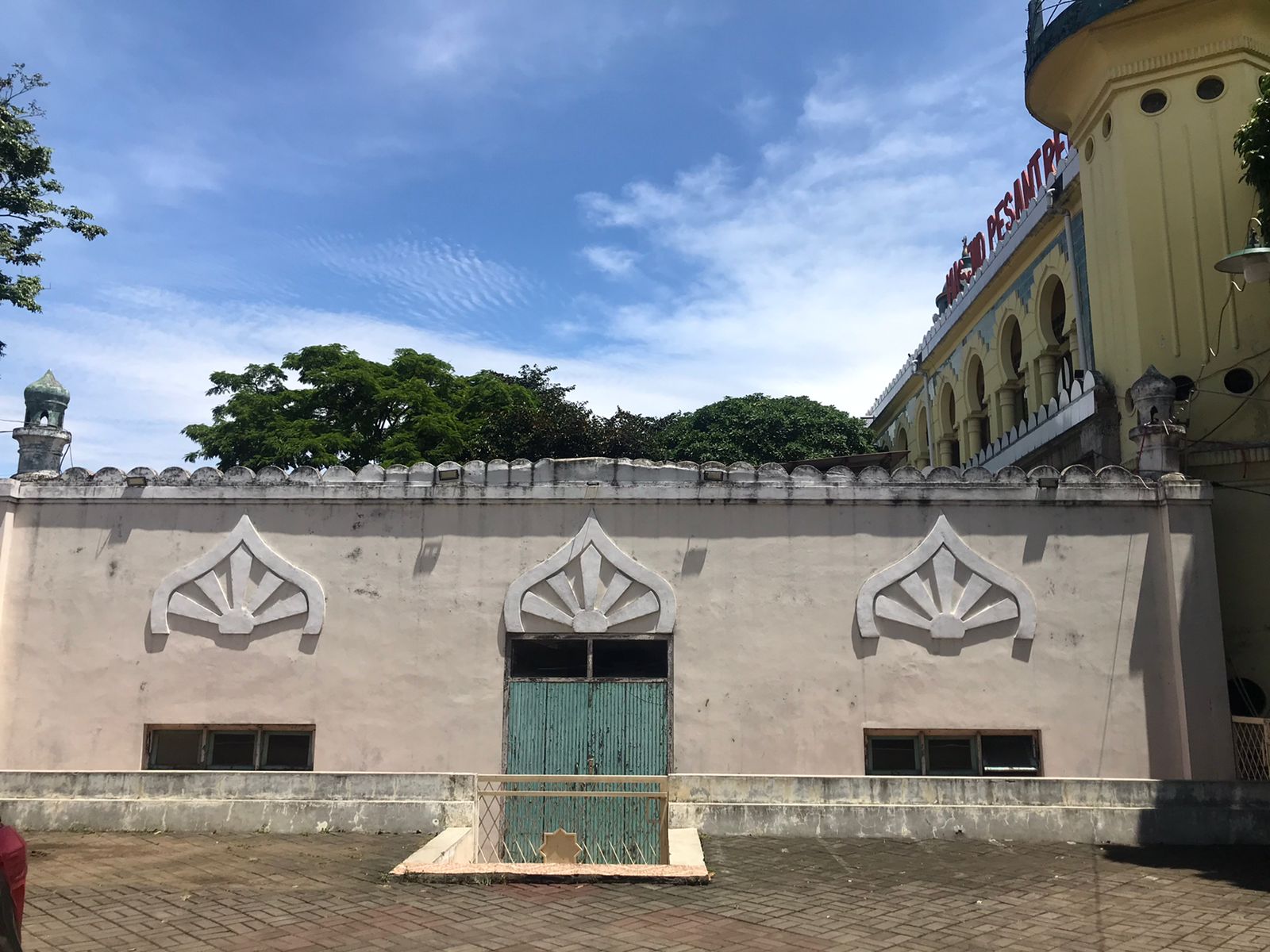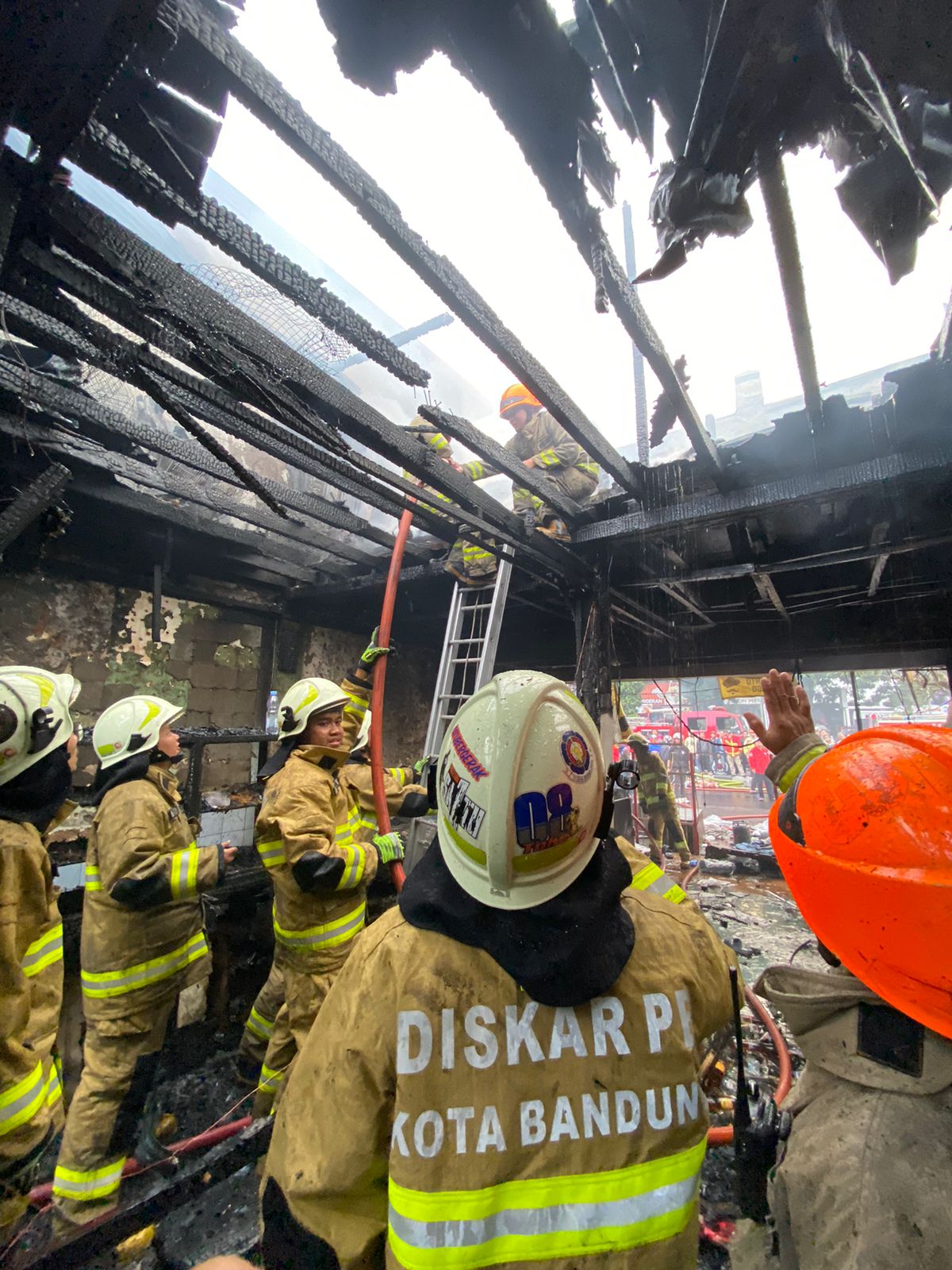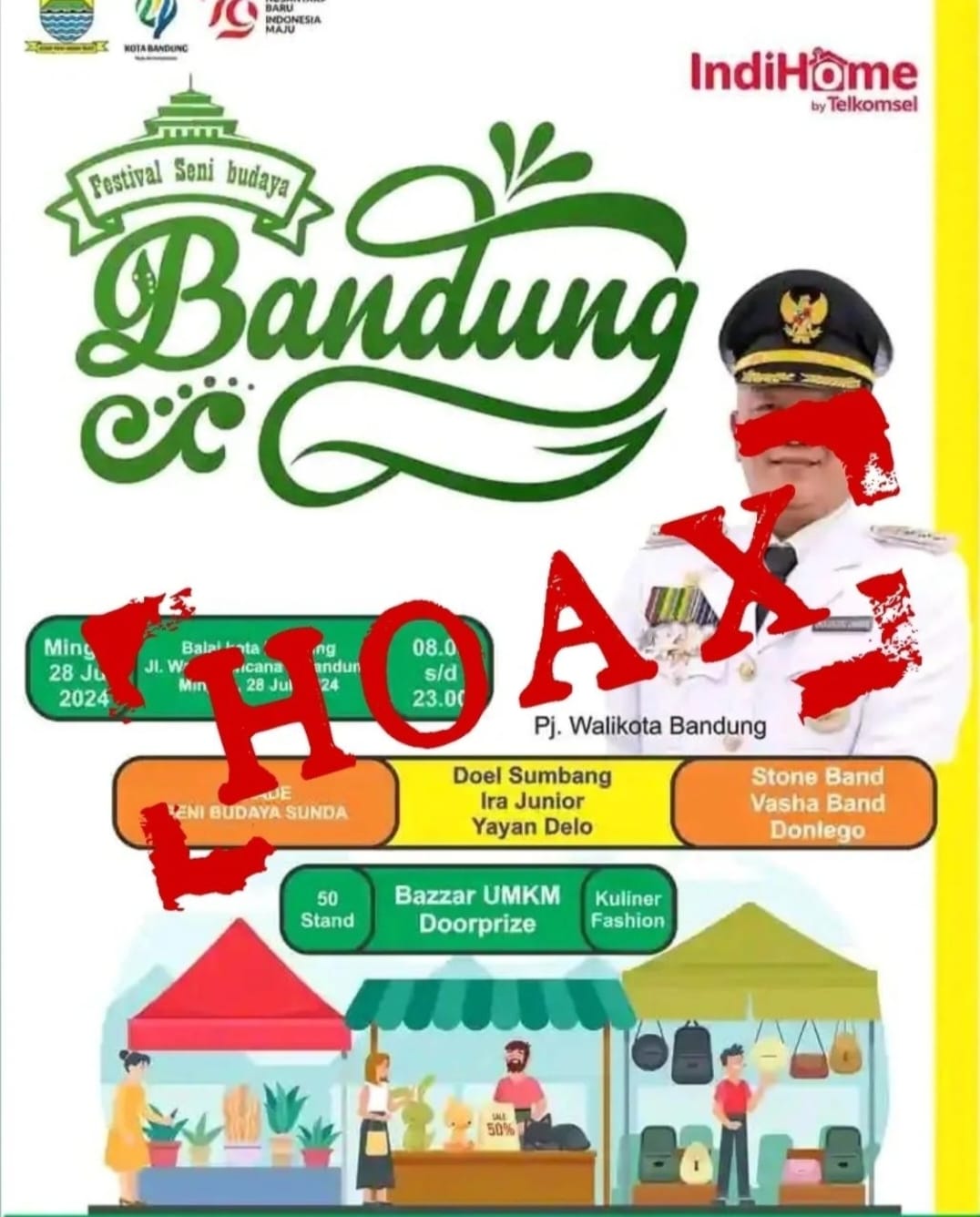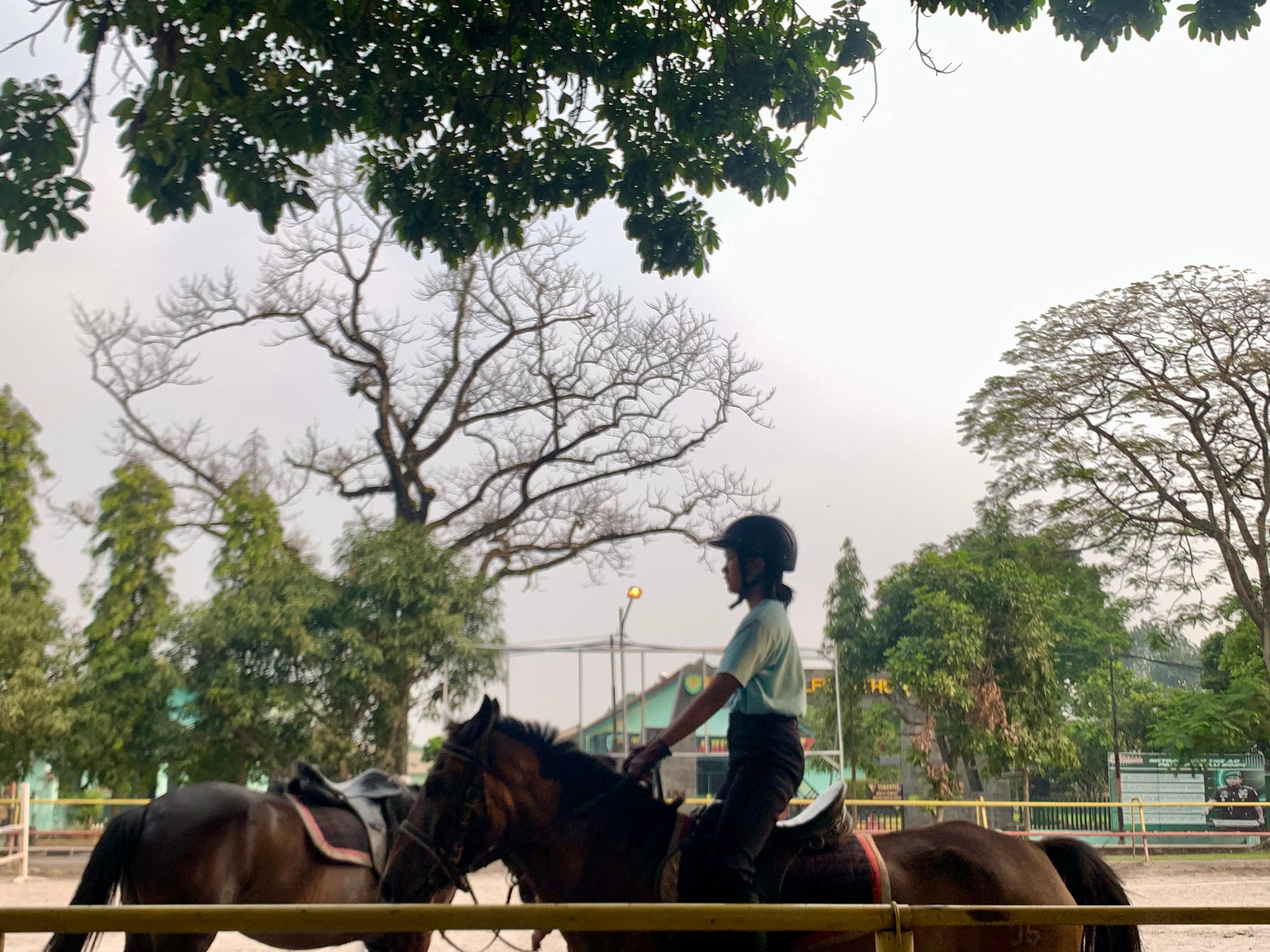Cijawura Islamic Boarding School Mosque, Silent Witness of Islamic Symbolism and the Death of 200 Fighters
If you look at the structure and architecture, it is clear that the Cijawura Islamic Boarding School Mosque, Buahbatu is one of the oldest mosques in the city of Bandung. Nearly a century, to be precise, this mosque has been established for 98 years.
The leader of the Cijawura Islamic Boarding School, H.M Asep Usman Rosadi, told the journey and story of this mosque as a silent witness to the spread of Islam and the death of 200 West Java fighters in 1946.
Asep is the third generation of the owner of this mosque and Islamic boarding school. He explained that initially the building was only a prayer room in 1925.
"But it was made into a mosque as an effort to foster society in the field of religion in Cijawura. This mosque was also founded by Abah H. Abdul Gratitude," explained Asep to Public Relations of the City of Bandung.
Abah Abdul then looked for someone who could teach religion to the people around Cijawura. He visited the Islamic boarding school in Sukamiskin. There he met a figure named Burhan.
"Abah chose his son-in-law who he also trusted to hold the mandate. K.H.R.M Burhan was chosen to carry out his da'wah in Cijawura," he continued.
It didn't stop there, Abah Abdul also wanted to establish a pesantren. Therefore, in 1930 a pesantren was founded along with building a mosque.
"It is inclusive, anyone can enter this mosque. Therefore, the name of this mosque was deliberately chosen in the local language, namely the Cijawura Islamic Boarding School Mosque," he said.
According to Asep, the purpose of making regional names the names of mosques and Islamic boarding schools is to make people feel closer, easier to remember, and easier to recognize.
Then, in 1945, this Islamic boarding school became the base or defense post for the fighters in order to defend the Republic of Indonesia.
"In 1946 during Friday prayers, there were attacks by Dutch troops from all over. As a result of this incident, around 200 martyrs died," he said.
Initially the fallen heroes were buried in the courtyard of the mosque. However, in 1993 the Bandung City Government (Pemkot) moved his grave to the Cikutra Heroes Cemetery (TMP).
"The martyrs were actually buried in the courtyard of the mosque. However, as a form of appreciation for the services of the martyrs, the Bandung City Government at that time moved the graves to the TMP. The shape was indeed not a complete grave because when they first died, these heroes were shot in one hole," he said.
Then, in 1957 repairs to damaged buildings and construction of towers were carried out.
Meanwhile, the Takmir of the Cijawura Islamic Boarding School Mosque, Ridwan added, in 1946 the Netherlands had not yet accepted Indonesian independence. This prompted the leaders of the Cijawura Islamic Boarding School to flee to Ciparay.
"Because it's empty here, this place is used as a fighting post," said Ridwan.
He added that initially the mosque was only 20x10 meters in size. However, it has now been widened. Even so, the old building was maintained.
"Currently it measures 40x30 meters and is built up to three levels or three floors," said Ridwan.
He said, after the pesantren was built, schools began to be established.
"Now the pesantren must have a school. If there are no schools, only a few students attend," said the man who has been the guardian of the Cijawura Islamic Boarding School Mosque for 15 years.
He also explained about some of the mosque's architecture. In contrast to mosques in general, the Cijawura Islamic Boarding School Mosque still looks very conservative. There are puddles of water on the front and back of the mosque door.
"From the outside, we don't know whether it's unclean or not. Clean it through the pool of water in front of the mosque," he explained. (din)**
Head of the Bandung City Communication and Informatics Agency
Yayan A. Brilyana




